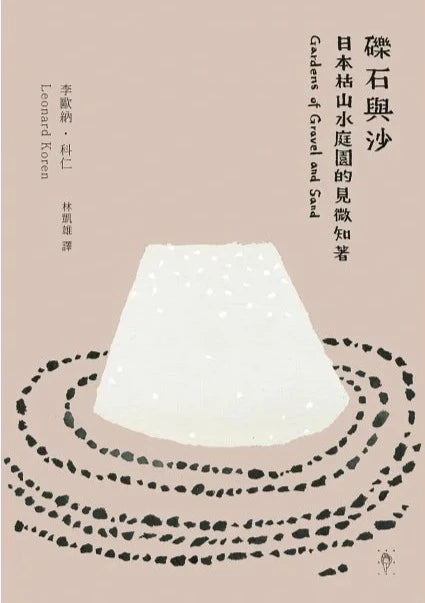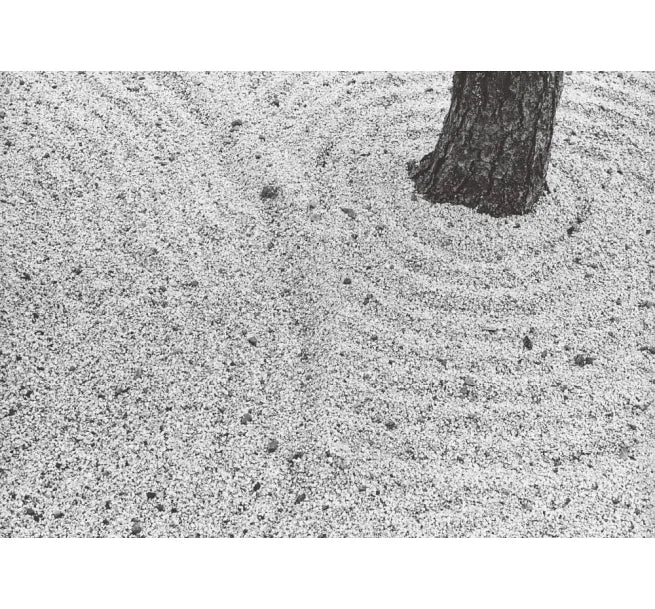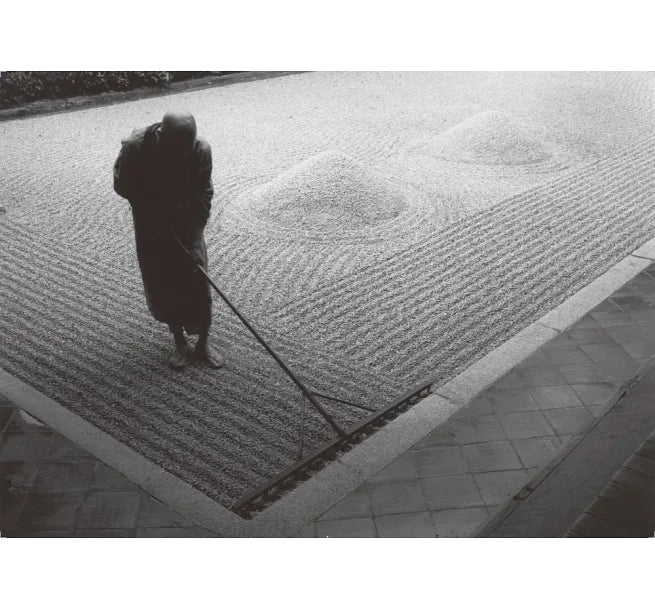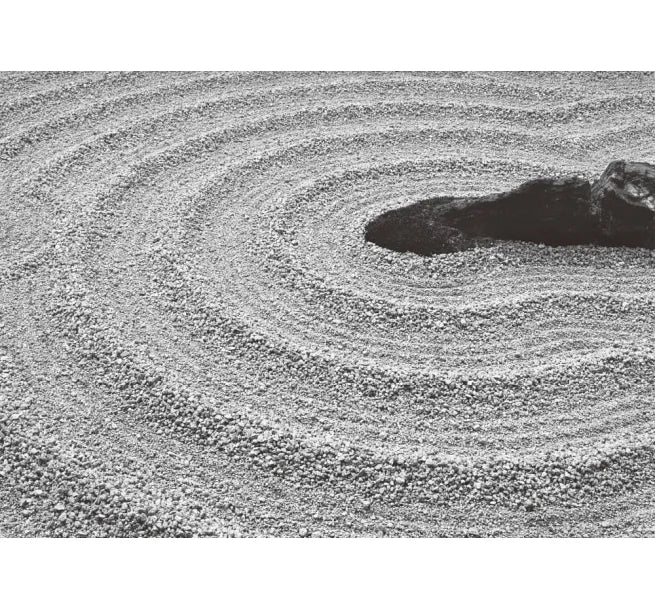1
/
of
4
Gravel and Sand: Insights into Japanese Dry Landscape Gardening
Gravel and Sand: Insights into Japanese Dry Landscape Gardening
Regular price
MOP$100.00
Regular price
Sale price
MOP$100.00
Unit price
/
per
Couldn't load pickup availability
Where did you go to Kyoto?
52 million people visit the temple every year, and the temple's "Karesansui" garden is a popular attraction!
But when faced with stones and fine sand, do you really see anything?
The Japanese’s indescribable “wabi-sabi” is introduced to you by Leona Keren using “wabi-sabi”;
In this book, he uses gravel and fine sand to lead us on a journey through the realm of Japanese aesthetics.
Let you understand Kyoto's "dry landscape" gardens better than most Japanese people!
52 million people visit the temple every year, and the temple's "Karesansui" garden is a popular attraction!
But when faced with stones and fine sand, do you really see anything?
The Japanese’s indescribable “wabi-sabi” is introduced to you by Leona Keren using “wabi-sabi”;
In this book, he uses gravel and fine sand to lead us on a journey through the realm of Japanese aesthetics.
Let you understand Kyoto's "dry landscape" gardens better than most Japanese people!
When you open this book, you will find that the Japanese dry landscape garden is no longer a sacred place that can only be understood but cannot be described.
Have you ever had the thought of running barefoot through the beautiful patterns raked out by fine white gravel in the "dry landscape"? This kind of fragile and beautiful garden inevitably makes people want to destroy it. The author of this book witnessed such episodes many times when visiting Kyoto gardens. Young women wanted to impress their friends and stepped deeply into the newly swept fine details with their bare heels. The sandy ground; middle school students could not bear the quarrels with their classmates and ran wildly on the raked sand. How can a design that is so fragile and tempting to destroy be preserved for a hundred years? There must be some reason why we need to work tirelessly to maintain this perishable beauty!
Boulders, gravels, fine sand, these inorganic materials are combined into a dry landscape and a courtyard design without a trace of vegetation. The gravel and sand are raked and brushed to form a pattern that represents the "water" in nature. Together with the big rocks, they become the image of landscape. Placed in a quiet Zen courtyard - the mysterious Eastern culture and Japanese Zen thought have an inexplicable but closely connected impression with it. But who created this unique style? Besides beauty, there must be a reason why it must exist, right? If we ask most Japanese people about the origin of dry landscapes, we cannot get a clear answer except that it has been too long to trace back. If we ask why such a fragile design has endured so hard, we cannot get a clear answer.
Leona Keren, who uses "wabi-sabi" to help us understand Japanese Yamato aesthetics, guides us through this book to move our eyes from the boulders that are the star of the courtyard to focus on the small gravel and sand. This book is written in detail, with four chapters: "No Stone", "Not Zen", "Maybe Art", and "Post-Garden", which gradually explores the relationship between Japanese garden, Japanese Zen, modern art and Chinese garden art. influences and connections. Fine sand is no longer a "toy" to create beauty, everything has become traceable.
In Taiwan, our living habits and popular tastes are deeply influenced by Eastern culture. Through Keren, we widen the geographical distance and observe the scenery in front of us in a clear-cut way from a Western perspective. We look forward to giving readers who love Japanese culture a useful perspective on Japanese garden art.
If you have quietly admired the famous ancient temples and gardens in Japan, but were unable to learn more about them in tourist guides or on the Internet; or if you have never been there, but your heart is set on it, this book takes us through multiple frames of images and text records. Visit Kyoto, Japan from the pages, and gain a way to analyze culture through "Gravel and Sand".








